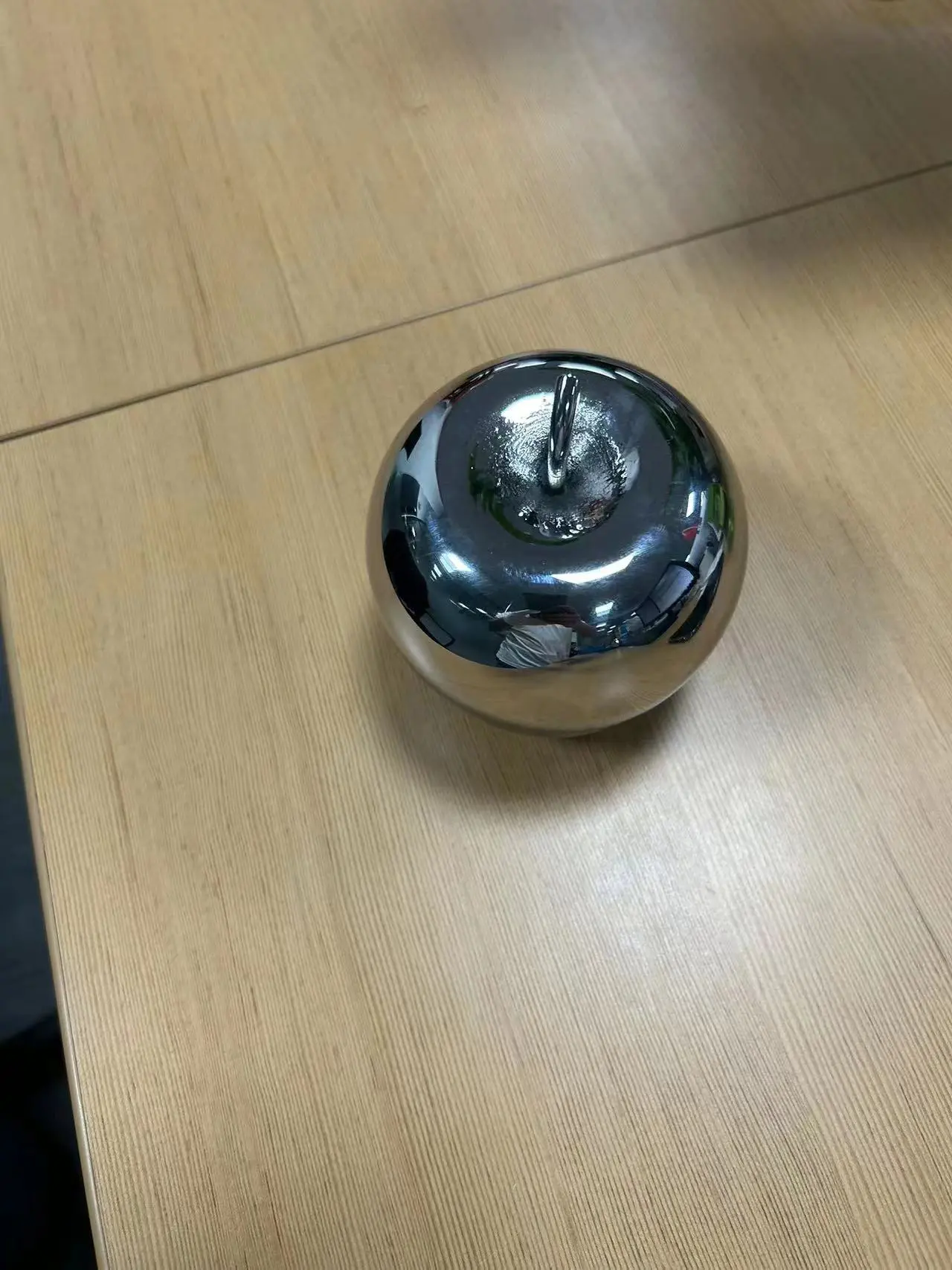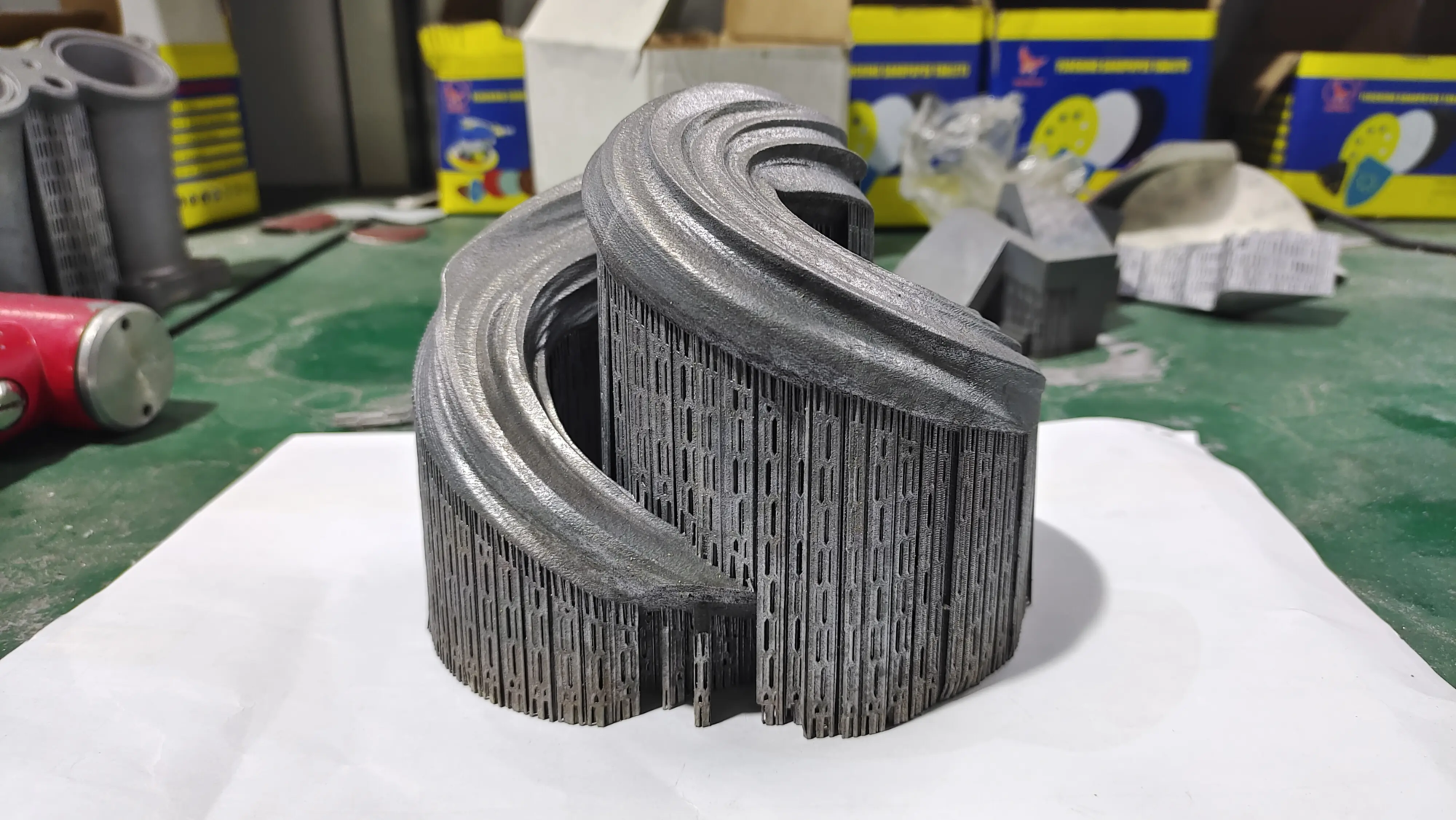Unlocking the full potential of 3D printing: Why is it not negotiable to start before painting
So you just took the amazing 3D printing off the build board. The geometric shapes are perfect, the details are crisp and you yearn for bringing it to life with vibrant paint work. But please stick to it! Sneaking straight into painting is one of the most common and expensive mistakes amateurs and even professionals make. Why? Because skipping the startup step is like building a house on the beach. Starting is more than just a suggestion. This is the necessary bridge between RAW 3D printing and flawless durable finishes.
The Invisible Enemy: Why the Original 3D Printing Is Not Ready to Paint
At Greatlight, where we process thousands of precision metal and polymer prototypes a week, we learn first-hand about the inherent challenges of 3D printed surfaces:
- Layer line maze: Even in prints with extremely fine layers (implemented using our advanced SLM and other high resolution printers), microscopic grooves between layers still exist. Drawing pools in these valleys only results in uneven textures and highlights the layered origins of the prints, rather than hiding them.
- Material confusion:
- Polymers (PLA, ABS, resin): Many mold release agents that exhibit slight porosity or have paint repelling paint, resulting in fish eyes, poor adhesion and peeling.
- Metal (ALSI, TI, steel): Although it may seem smooth, metal powders can capture microorganisms after sintering. More importantly, bare metal oxidizes over time, which can damage paint adhesion and cause underground corrosion.
- Color puzzle: Raw materials (especially dark or translucent filaments/resin or reflective metals) can interfere with your topcoat. Without a neutral foundation, achieving true color vitality and opacity is very difficult.
- Adhesion anxiety: Directly applied paint usually forms only weak mechanical bonds directly on the original surface. It is easy to scratch, chip or peel off to great treatment or environmental pressure.
Start: Your Perfect Secret Weapon
Primer is more than just "Primer paint." This is a formulated engineering solution designed to change the surface of a print:
- Surface seal and smooth: The primer physically fills the layers of lines, holes and microscopic imperfections. Multiple thin layers can greatly reduce surface texture, creating a uniform, smooth canvas for professional paint jobs. Imagine spreading the walls before wallpaper – same principle!
- Quality adhesion promotion: The primers contain resins that are chemically and mechanically fixedly bonded to the substrate. They create an optimized surface with high surface energy that is actively coated with coating molecules. This bond is much stronger than paint to plastic/metal.
- Consistent color base: Primers (usually white, gray or black) provide a uniform opaque background. This neutrality makes your topcoat color look authentic, vibrant and consistent without bleeding from the underlying printed color. It also greatly reduces the amount of topcoat required for coverage.
- Material barriers: For metals, especially crucial, quality primers are a barrier to prevent corrosion under paint. For polymers, it can help prevent UV degradation or ambient pressure rupture, which may be accelerated by solvents in the paint.
Great Advantages: Professional Startup Expertise
In Greatlight, we’re not just recommend Start; we upgrade it to precise engineering steps in our comprehensive one-stop post-processing service:
- Materials Science Proprietary Technologies: Our experts understand the unique startup requirements for each material we handle – from exquisite photopolymer resins and engineered thermoplastics to robust stainless steel, titanium and aluminum alloys. We chose specially formulated primers to best bind to each substrate.
- Surface preparation mastery: Starting is only as good as the preparation below. We carefully prepare each surface:
- Clean thoroughly to remove oil, residue and sintered by-products.
- Precise wear levels (sanding, media blasting) are tailor-made to the material, the required final finish.
- Use industrial grade solvents to reduce.
- Advanced Applications: We utilize controlled spray booth environments, precision spray guns and immersion coating technology to achieve even a perfect, consistent primer coating without dripping, running or orange peel texture. Experience tells us exactly how many micron primer is needed.
- Quality Control: The primer parts are strictly inspected before applying any topcoat to ensure complete coverage, smoothness and adhesion integrity. We know that the primer layer is the foundation – in the final finish, any defects here will be amplified.
- Integrated finish: Start seamlessly integrates into our wider finishing pipelines – whether the parts require smoothing, polishing, further coating (powder coating, anodizing) or complex hand-painted details. We handle all this under one roof.
Bottom Line: Startup = Professional Results and Durability
Skipping the primer can save an hour on a small hobby project, but inevitably sacrifice quality and life. The initial effort invested on proper start-up paid the index dividend:
- aesthetics: Smooth, flawless, bright finish that matches injection-style or processed parts.
- Durability: Painting can withstand treatment, assembly, environmental exposure and wear without peeling or degradation of paint.
- efficiency: Reduced paint usage (due to better coverage), fewer paint layers required and fewer rework for defects.
- value: Protect your investment in custom 3D printed parts, especially for functional prototypes, end-use parts or display models.
Conclusion: The perfect main
Startup is not optional. This is the cornerstone of truly professional, durable and beautiful results through painted 3D prints. Understanding the science behind surface adhesion and the specific challenges posed by printed materials is crucial. While a hard-working DIY start can be achieved, achieving a truly industrial finish always requires expertise, the right environment and professional-grade materials.
Are you ready for the perfect finish?
At Greatlight, we use cutting-edge SLM 3D printing capabilities and in-depth post-processing expertise to transform your complex prototypes and precision parts into finished masterpieces. Don’t let bad completion ruin your excellent design. Let’s handle the entire journey – from digital files to primer, drawn or fully finished parts – ensuring unparalleled quality and performance.
Contact Greatlight today for a quote about your next project and experience the differences in professional post-processing!
FAQ: Primer 3D printed parts
Q1: What happens if I don’t start my 3D printing effect?
A: The painting directly risks poor adhesion (causing peeling/debris), visible layer lines, paint pools in grooves, inconsistent color and bleeding from the raw materials. The end looks amateur and not lasting.
Q2: Can I use any primer on 3D printing?
Answer: Ideally. Use spray primers designed specifically for polymers (PLA, ABS, resins) – fill primers are ideal for smoothing layers. For metals, acid etching or self-etching of metal primers using aggressively bonded substrates. avoid "Full surface" Key finish primer. Our experts choose primers based on your specific material and application.
Q3: How many layers of primer do I need?
Answer: Usually 2-3 cups, even coats are enough. Spray in thin layers and allow for proper drying/curing time between coats (see primer instructions). Gradually establish coverage. Avoid using a thick coat, which may mask details or lead to runs. Our automation processes are precisely the best coverage.
Q4: How long should it be dried before painting?
A: The drying time varies greatly depending on the type, thickness, temperature and humidity of the primer. Follow the manufacturer’s guidelines carefully. It is usually recommended to use light sand between the coatings (such as over 600 gravel). Hurry up to damage the adhesion. Our controlled environment ensures perfect curing.
Q5: Do I need to polish after starting?
A: Usually, yes! After the primer is completely dried, gently sand (e.g. with 600-1000 wet/dry sandpaper) level any minor imperfections to make smooth "Vague," and increase the surface area of the surface coating to significantly adhere. Wipe the dust thoroughly before painting. This is a standard step in our completion process.
Question 6: Why do I need to outsource startup?
A: Professional startup ensures consistent industrial-grade results optimized for your specific materials and applications. We handle complex geometry, provide perfectly uniform paint without defects, guarantee adhesion integrity and perfectly integrate it with other required finishes (smooth, polish, other paints), saving time, materials, and guaranteeing a quality final product for final painting or use. It can be considered as a quality assurance of completion.





